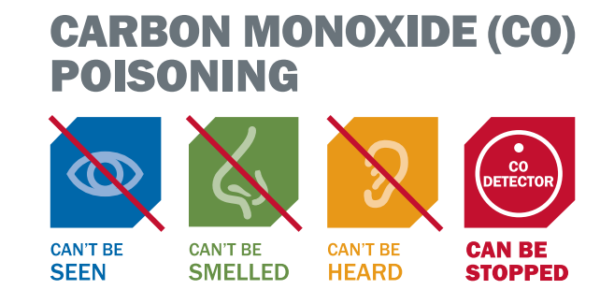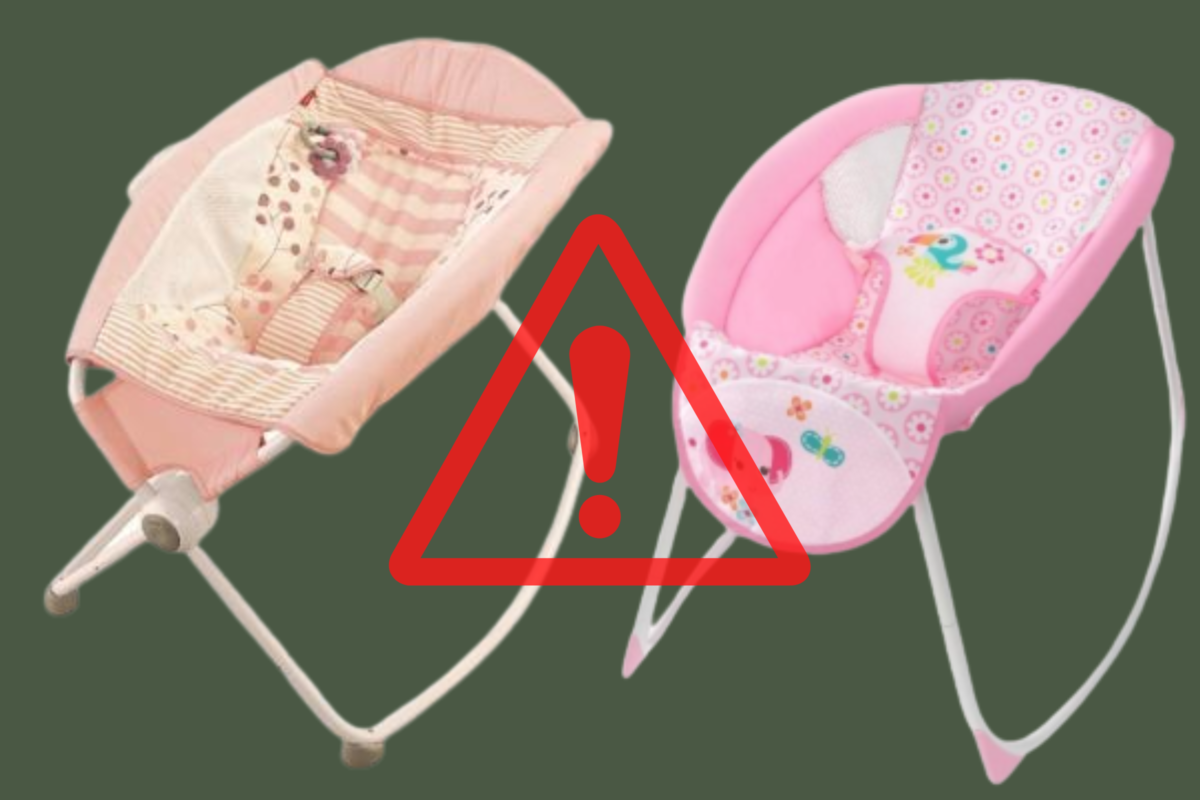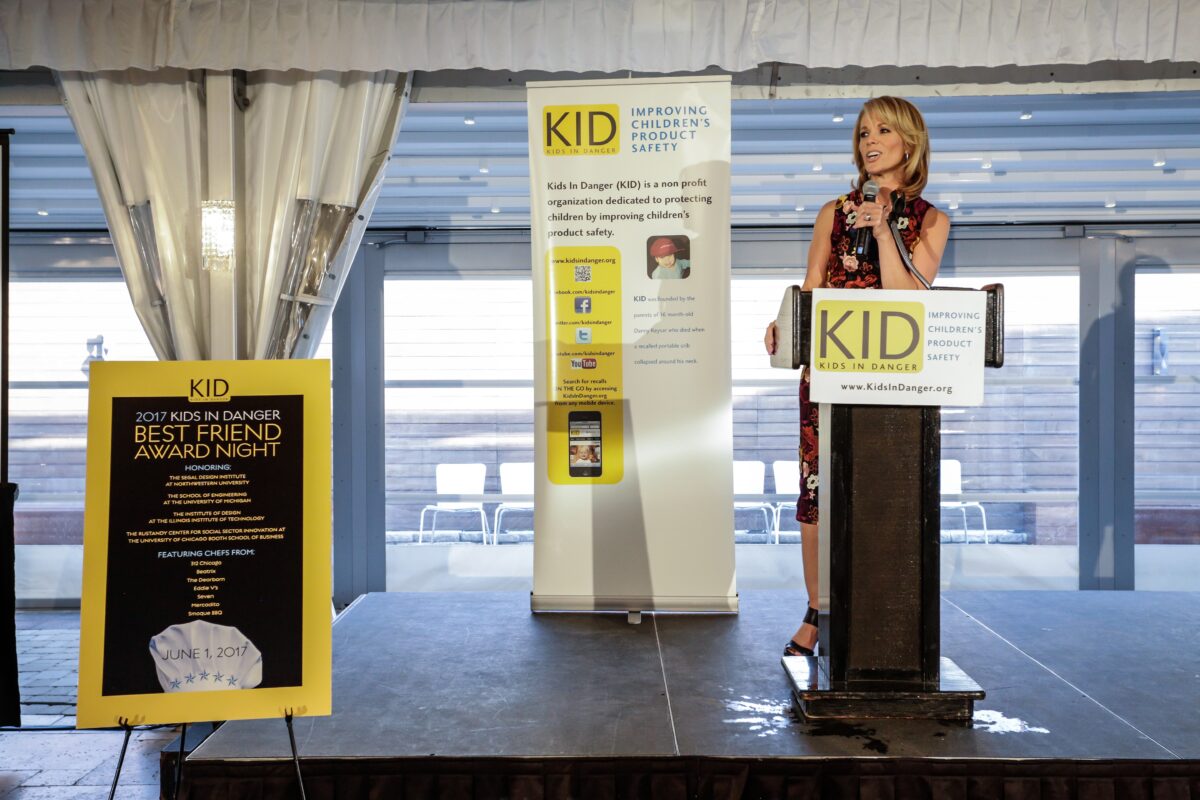 Today is the start of #COSafety Week. Each year in the U.S, around 50,000 people go to emergency departments for carbon monoxide (CO) poisoning, and more than 400 people die. Carbon monoxide is an odorless, poisonous gas that is a by-product of appliances, heaters, and automobiles that burn gasoline, natural gas, wood, oil, kerosene or propane. The risks of CO poisoning are especially higher during the winter months when homes are sealed up to keep warm or after disasters when gasoline- or diesel-powered generators are used.
Today is the start of #COSafety Week. Each year in the U.S, around 50,000 people go to emergency departments for carbon monoxide (CO) poisoning, and more than 400 people die. Carbon monoxide is an odorless, poisonous gas that is a by-product of appliances, heaters, and automobiles that burn gasoline, natural gas, wood, oil, kerosene or propane. The risks of CO poisoning are especially higher during the winter months when homes are sealed up to keep warm or after disasters when gasoline- or diesel-powered generators are used.
Although everyone is at risk for CO poisoning, it is particularly dangerous for children. Children under the age of five have the highest estimated rate of CO-related emergency department visits among all age groups. When carbon monoxide is breathed in, it harms the ability of our blood to transport oxygen. Children breathe faster and can inhale more CO per pound of body weight putting them at higher risk. CO poisoning often presents very common signs and symptoms such as headaches, tiredness, upset stomach, and dizziness. Follow these instructions to keep you and your young ones safe:
- If your detector alarm goes off or someone displays symptoms, leave the house immediately, and call 911. If it is cold outside, wait at a neighbor’s house or in your car until the fire department or ambulance arrives.
- Install battery-operated CO alarms or CO alarms with battery backup on every level of the home and outside sleeping areas. Interconnected CO alarms are best; when one sounds, they all sound. If you need donated alarms, check with your local fire department.
- Never use portable generators inside homes or garages, even if doors and windows are open. Use generators outside only, at least 20 feet away from the home.
- Don’t use a gas range or oven to heat your home.
- Have your home heating systems (including chimneys and vents), fuel burning appliances, fireplaces, and woodstoves checked professionally regularly. CO from these sources can build up in enclosed or partially enclosed spaces. For this and other emergency situations, learn CPR to save lives.
For more information check out the AAP CO Poisoning information or the Prevent Child Injury CO Toolkit.


